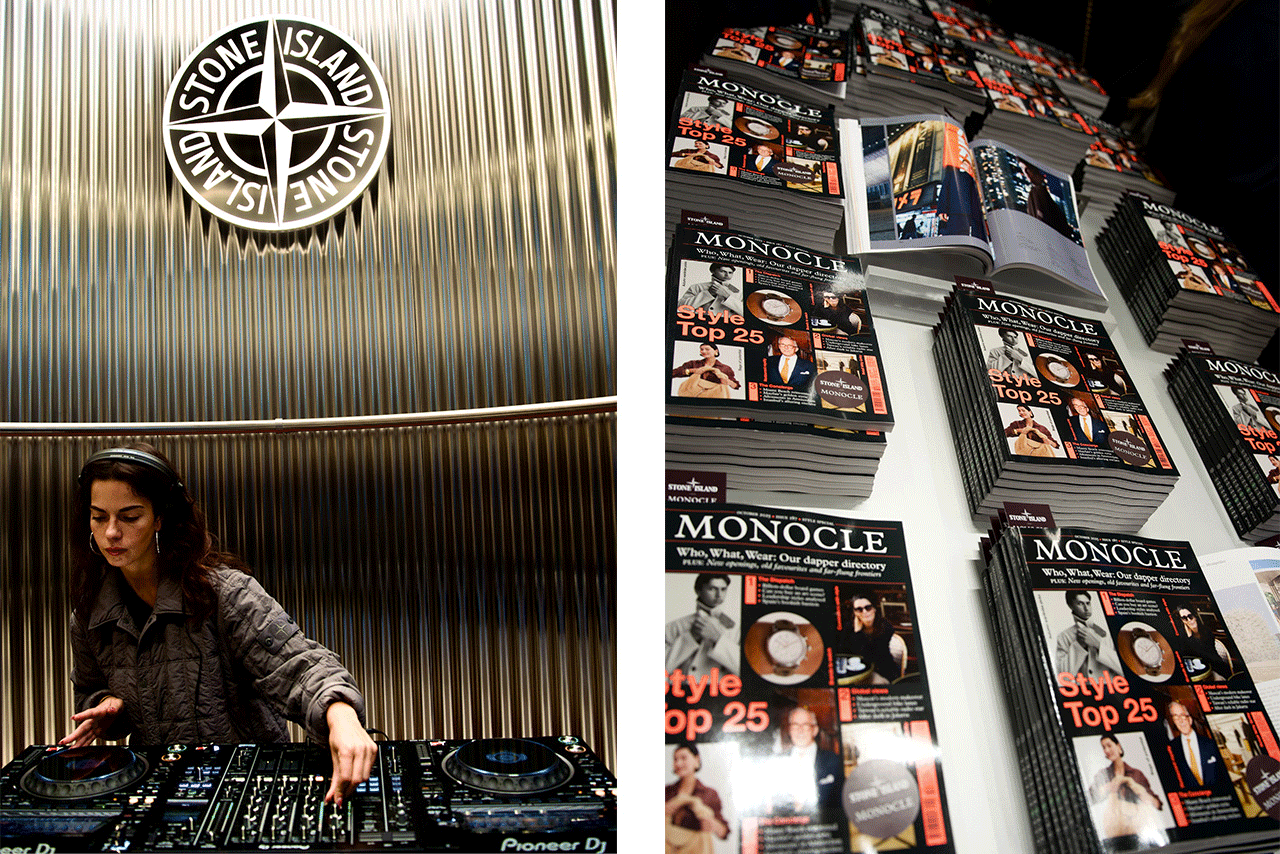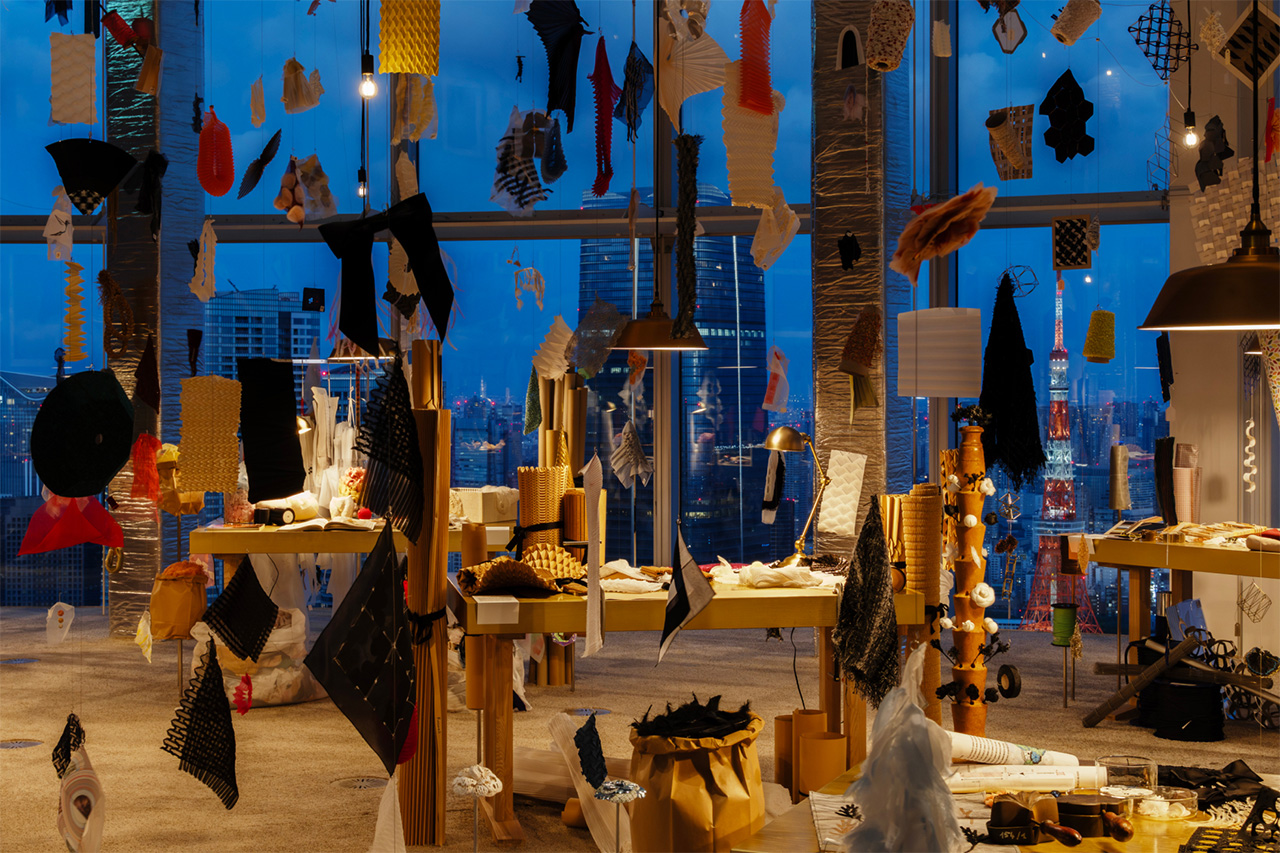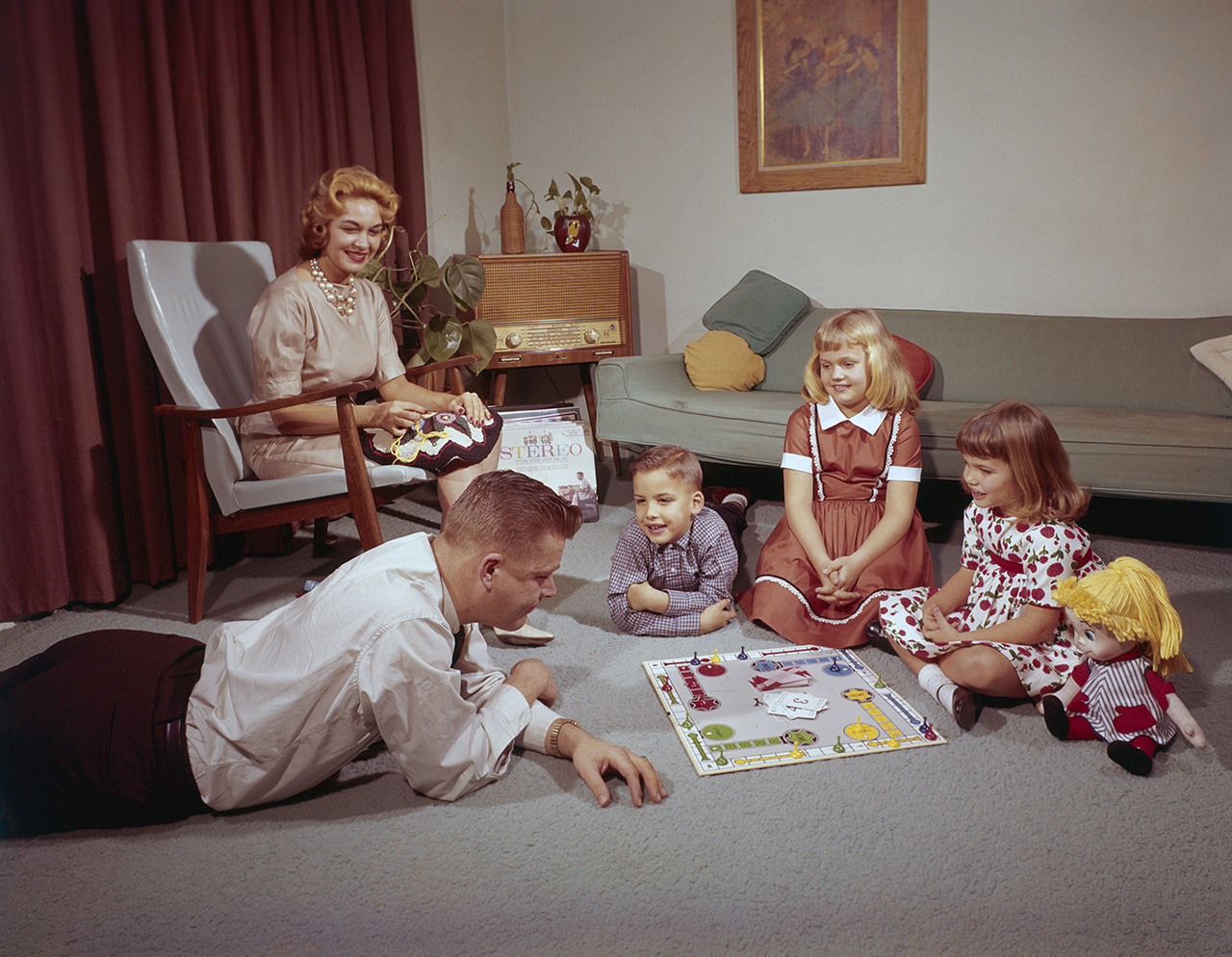Inside the billion-euro board game renaissance, Chanel takes its crafts to Tokyo, ‘The Monocle Book of Designers on Sofas’ and Monocle x Stone Island.
|
Wednesday 1/10/25
|

|
|
London
Paris
Zürich
Milan
Bangkok
Tokyo
Toronto
|
|
|
|

Good morning from Midori House. For more news and views, tune in to Monocle Radio or visit monocle.com. Here’s what’s coming up in today’s Monocle Minute:
THE OPINION: Why good service can save the day
HOUSE NEWS: Stone Island debuts latest collection at Monocle in Paris
FASHION: Chanel takes its crafts to Tokyo
DAILY TREAT: The Monocle Book of Designers on Sofas
FROM MONOCLE.COM: Inside the billion-euro board game renaissance
|
|
Behind every great chef is a crew that keeps the plates spinning
By Emily Bryce-Perkins
|
I recently spent an evening dancing in the basement of a Mexican restaurant in Marylebone. In itself, that’s not too unusual for me – but this night felt different. In the taxi on our way home, I tried to pinpoint what made it special. I replayed the evening: good company, palo santo scent in the air, perfectly tart palomas and lighting that made you want to kiss. But that wasn’t it.
As we parted ways with our cab driver, who was – perhaps understandably at this time of night – a little gruff, it hit me: the staff made the evening. All those points of friction that usually come with being out on a Saturday night simply did not exist. Drinks were moved to a safer place when you went to the bathroom. There was no issue if you wanted to smoke by the “No Exit” sign nor a problem if you took some extra time to read the menu without your glasses. It was service that met you more than halfway (and made sure you drank a large glass of water before you left at 02.00).
All this is to say that good hospitality should be everywhere. Pubs. Restaurants. Room service. When waiting staff are genuine, you can feel it and, naturally, you give back. After all, a band and its audience are nothing to each other without a little reciprocity.

Worth the wait: Learning the art of service at a teaching restaurant in Park Royal, London, 1934
Unless my three- and five-year-old sons are with me, dining out is one of life’s great pleasures. It is, admittedly, also my profession. I am in the business of getting people into restaurants. And the more years that I spend doing this, the greater my allergy to apathy in waiting staff – unless I am in Paris of course. In Paris, you can do what you want.
The problem is that, for as long as anyone can remember, dining out has been all about the chef. Popular culture is partly to blame. “Yes chef”, we get it. You have earned your seat at the table alongside artists, rock stars and royalty. But the greatest dish in the world cannot survive bad service.
Putting the obvious stresses of late nights and modest pay to one side, what’s missing from the hospitality conversation is how vital the chemistry is between waitstaff and guests. It is the first, last and enduring point of interaction. It is even the reason that I stopped going to my favourite wine bar – the new sommelier is simply too earnest. Add that to my list of allergies.
Any dining experience requires synchronisation from back of house to front. But it is the energy around a dish, no matter how delicious, that is the crucial final ingredient. In Keith McNally’s memoir I Regret Almost Everything, he suggests that a waiter should never interrupt conversation to ask, “How is everything?” Rather, if they must interrupt, a waiter should say, “Do you need anything?” He’s right. One is admin. The other is a helping hand.
Yet we rarely celebrate the people who master that alchemy. I am not suggesting that we commission reality shows to find the best waiter but why do chefs get all the credit? What about the GMs, the maîtres d’, the hosts who clock the nervous first date and adjust the mood to suit? Atmosphere is the difference between a meal and a memory. We owe it to chefs to pass their plates to people who actually care.
I recently asked restaurateur James Robson how his restaurant, Fallow, manages to maintain such friendly staff. His answer surprised me: he deliberately overstaffs each shift. His accountant thinks that he’s mad but he wants his staff to have the room to enjoy themselves at work. A chorus line that keeps the energy up while the lead does their thing in the kitchen. Food should always be the star but great hospitality demands a bit of stagecraft.
Emily Bryce-Perkins is a London-based writer. For more opinion, analysis and insight, subscribe to Monocle today.
|
|
house news: paris
Shelf obsessed: Fine print and Stone Island’s latest collection shine in Paris
Monocle and Stone Island recently gathered friends and collaborators at the Italian label’s Saint-Honoré shop in Paris to toast our latest partnership and the launch of Monocle’s October issue (writes Mitch Parker). Japanese-inspired cocktails and bar snacks fuelled the lively but intimate event, recalling the Tokyo backdrop of our photoshoot in the out-now magazine. Between sips and snippets of conversation, guests perused the fresh print while browsing Stone Island’s new Ghost sub-collection, its monochrome tailoring looking as sharp under the shop spotlights as it does on the page.

The celebration also marked the first day of Stone Island’s residency at The Monocle Shop & Café on nearby Rue Bachaumont, running until 16 October. The space plays host to a photography exhibition from our shoot and a scattering of co-branded details, from subtle in-store touches to limited-edition keepsakes.
Out and about in Paris? Our City Guide will push you in the right direction. Or if you just fancy a nice spot to sit and read, make a beeline for Rue Bachaumont and pick up a copy of our October issue.
|
|
fashion: japan
Chanel’s latest craft celebration takes place high above Tokyo
Chanel founded le19M in Paris in 2021 as a home for 11 specialised “Maison d’art” workshops and some 700 skilled artisans including embroiderers, feather workers, goldsmiths and milliners (writes Fiona Wilson). From now until 20 October, le19M has migrated from its home in the 19th arrondissement to the 52nd floor of the Roppongi Hills Mori Tower in the centre of Tokyo. La Galerie du 19M is a dazzling showcase of the house’s commitment to craft and a celebration of the connection between Chanel and Japan.

Urban fabric: Chanel’s exhibition with views over Tokyo
The story is told in three chapters – first, an introduction to the artistry and diversity of le19M; next, a series of collaborative works created by French and Japanese artists; and finally, a stunning retrospective for last year’s 100th anniversary of historic embroidery and weaving house Lesage. From cross-cultural partnerships including Okinawan textile artist Akiko Ishigaki, who worked with Lesage to make a delicate hanging out of plantain thread, to several storied, family-run Japanese firms such as Kojima Shoten and the head of a centuries-old family of Kyoto potters, this free exhibition is hardly short of material. With peerless views of Tokyo as the backdrop, this is one for the fashion and craft lovers – both abundant in the Japanese capital.
|
|
• • • • • DAILY TREAT • • • • •
Take a seat with portraits and profiles of designers and their sofas
The sofa is perhaps the most defining piece of furniture that you can own. Over years of use, it accumulates memories and milestones from quiet evenings and lively gatherings. But for designers and architects, there is an added layer of meaning attributed to the selection: their professional lives mean that the choice of perch can reflect their core design philosophies.
In Monocle’s latest book, 50 designers and architects have let us into their homes to get cosy on their couches and learn more about their sofa choices – why they designed it, why they chose it, how they use it. Inside, you’ll find thoughtful essays, original photography and an illustrated guide to 100 of the most iconic examples, representing the best from 125 years of settee design. Sit back and enjoy.
‘The Monocle Book of Designers on Sofas’ is available to pre-order here.
|
|
FROM MONOCLE.COM: France
Inside Asmodee’s billion-euro business and the unexpected board game renaissance
Asmodee has transformed from a niche French publisher into a billion-euro company that produces popular board games. Though you’ll find its products on sale in more than 100 countries, the company’s home market is now the strongest in Europe after France overtook Germany as the continent’s leading consumer.

Ahead of the game: Asmodee is winning the board game business
The coronavirus pandemic gave the industry a significant boost as households looked for in-home entertainment. “In most cases when people buy a game, they have already played it or it has been recommended to them by someone they trust,” says Asmodee’s CEO, Thomas Koegler. “This notion of transmission is extremely powerful.”
Monocle met Koegler at the company’s development office in the Paris suburb of Boulogne-Billancourt. The space is teeming with employees who are busy play-testing and rolling dice over laughter-filled lunches in the staff canteen. You can read more about it here.
|
|
| | |